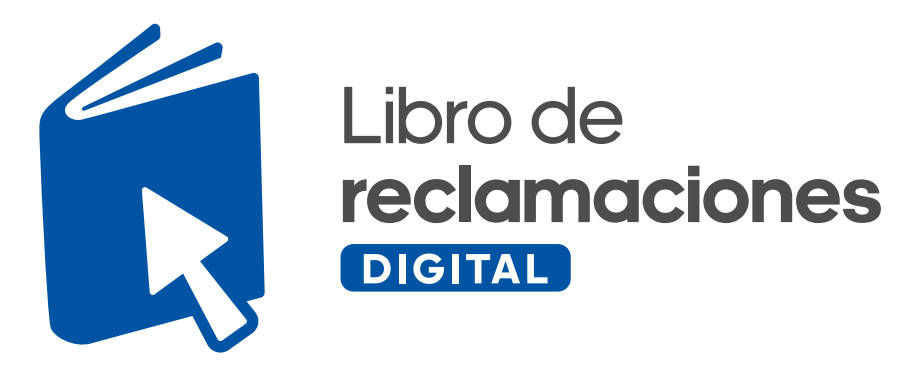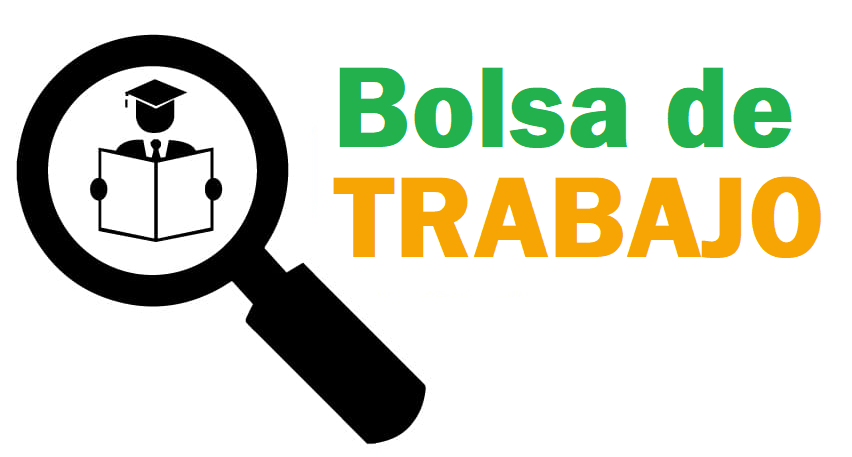Designing onboarding flows that genuinely resonate with diverse user segments requires more than basic tutorials and static content. It demands a precise, data-driven approach that leverages personalization, interactive elements, and behavioral insights to craft seamless, engaging experiences. This comprehensive guide delves into actionable techniques and technical implementations to elevate your SaaS onboarding to expert levels, ensuring users not only understand your product but are motivated to adopt it long-term.
1. Understanding How to Personalize Onboarding Content for SaaS Users
a) Identifying User Segments: Collecting and Analyzing Data to Define User Personas
Begin with comprehensive data collection using both qualitative and quantitative methods. Implement event tracking via tools like Mixpanel or Amplitude to capture user interactions. Segment users based on their behavior, demographics, and usage patterns. For example, categorize users into:
- New vs. returning users
- Feature adopters vs. explorers
- Business size or industry segments
Use clustering algorithms (e.g., K-Means) on behavioral data to identify natural groupings. Define clear personas such as «Power Users,» «Trial Users,» or «Feature Seekers,» which serve as the foundation for tailored onboarding experiences.
b) Tailoring Messages and Features: Implementing Dynamic Content Based on User Profiles
Leverage your user segments to serve dynamic onboarding flows. Use feature toggles or conditional rendering logic within your frontend framework (e.g., React, Vue) to display personalized messages and relevant features. For example:
| User Segment | Personalized Content |
|---|---|
| Power Users | Advanced tips, shortcuts, API access guidance |
| Trial Users | Feature benefits, onboarding checklists, quick-start guides |
| Small Business | Use case examples, ROI calculators, onboarding webinars |
Implement client-side logic like:
if(userSegment === 'powerUser') {
showAdvancedTips();
} else if(userSegment === 'trial') {
showTrialOnboarding();
} else {
showBasicTour();
}c) Case Study: Personalization Strategies in Leading SaaS Companies
Companies like Slack and Atlassian excel by dynamically adjusting onboarding based on role, team size, and usage patterns. Slack employs a context-aware onboarding that detects whether a user is a team admin or a casual user, then presents tailored tutorials and prompts. This approach resulted in a 25% increase in feature adoption and a 15% reduction in onboarding time, demonstrating the power of deep personalization.
2. Designing Interactive Onboarding Elements for Enhanced Engagement
a) Step-by-Step Interactive Tutorials: Creating Guided Experiences That Adapt to User Actions
Construct modular, step-wise tutorials that respond to user inputs in real time. Use JavaScript frameworks like React or Vue to manage state and conditional logic. For example:
- Wrap each tutorial step in a component that tracks completion and user actions.
- Use event listeners to detect when a user completes a step, then automatically advance or adjust subsequent instructions.
- Implement fallback paths if users skip steps, ensuring they can still complete onboarding.
Practical technique: manage tutorial progression via state variables. For example, in React:
const [currentStep, setCurrentStep] = useState(0);
function handleNext() {
setCurrentStep(prev => prev + 1);
}
return (
{steps[currentStep]}
);b) Using Microinteractions: Technical Implementation for Real-Time Feedback
Microinteractions are small, purposeful animations or responses that confirm user actions and guide behavior. Implement them using:
- CSS transitions for smooth feedback (e.g., button hover states, success checkmarks)
- JavaScript event listeners to trigger animations upon specific actions
- Libraries like Anime.js or Lottie for complex, animated microinteractions
Example: Show a success checkmark with a fade-in effect when a user completes a form:
const [showCheck, setShowCheck] = useState(false);
function handleFormSubmit() {
// Submit form logic
setShowCheck(true);
}
return (
{showCheck && ✔️}
);c) Practical Example: Building an Inline Setup Wizard with Conditional Logic
Create a setup wizard that dynamically adjusts based on user input. Use a combination of React state management and conditional rendering:
const [step, setStep] = useState(1);
const [config, setConfig] = useState({ featureA: false, featureB: false });
function handleNext() {
setStep(prev => prev + 1);
}
return (
{step === 1 && (
Select features to enable:
)}
{step === 2 && (
Configuring with your selections...
{/* Further steps based on config */}
)}
);3. Implementing Progressive Disclosure to Simplify Onboarding
a) Determining What to Show and When: Criteria for Revealing Advanced Features
Implement rules that progressively reveal complexity based on:
- User expertise level (e.g., new vs. experienced)
- Completion of initial onboarding steps
- Time spent on specific features or sections
- Behavioral cues indicating readiness for advanced options
Technical approach: set flags in your user profile or local storage, then conditionally render sections. Example:
if(user.hasCompletedIntro) {
showAdvancedFeatures();
} else {
showBasicFeatures();
}b) Techniques for Seamless Transition: Progressive Loading and Contextual Prompts
Use lazy loading to defer loading of advanced features until needed, reducing initial cognitive load. Implement contextual prompts such as tooltips or modals that appear only when the user exhibits specific behaviors, e.g., hovering over an icon or attempting an action.
Implementation tip: utilize Intersection Observers for lazy loading and event listeners for contextual prompts. Example:
const observer = new IntersectionObserver((entries) => {
if(entries[0].isIntersecting) {
loadAdvancedFeatures();
}
});
useEffect(() => {
const element = document.getElementById('advanced-section');
if(element) observer.observe(element);
}, []);c) Case Study: Applying Progressive Disclosure in a Project Management SaaS
Asana and Jira showcase this well by initially hiding complex project configurations behind progressive prompts. Users see a simplified interface at first, with options to reveal advanced settings only after completing basic tasks, leading to a 20% decrease in onboarding drop-off and higher feature engagement.
4. Leveraging Behavioral Data to Optimize Onboarding Flows
a) Tracking User Actions: Setting Up Event Tracking and Heatmaps
Implement comprehensive event tracking by integrating analytics SDKs such as Google Analytics, Mixpanel, or Heap. Define key events like signup, feature_clicked, and error_encountered. Use heatmaps to visualize where users spend most time and where friction occurs.
Advanced tip: combine heatmaps with session recordings for granular insights into user behavior during onboarding.
b) Analyzing Drop-off Points: Identifying Friction Areas with Funnel Analysis
Create detailed funnels that track user progression through onboarding steps. Use tools like Mixpanel or Google Analytics to identify where most users exit. For example, a drop-off at the «Configure Settings» step indicates a need for simplification or better prompting.
| Step | Drop-off Rate |
|---|---|
| Account Creation | 5% |
| Initial Setup | 20% |
| Feature Exploration | 30% |
c) Actionable Adjustments: A/B Testing Variations Based on Behavioral Insights
Design experiments to test hypotheses derived from behavioral data. For example, if users drop off during onboarding due to complexity, A/B test simplified vs. detailed instructions. Use tools like Optimizely or VWO for implementation. Key steps include:
- Define hypothesis and success criteria
- Create variant flows with specific changes
- Run tests with statistically significant sample sizes
- Analyze results and implement winning variation
5. Incorporating In-App Guidance and Support Systems
a) Contextual Help: Designing Tooltips, Guided Tours, and Inline Tips
Use libraries like Intro.js, Shepherd.js, or Hopscotch to build guided tours that activate based on user actions or specific triggers. Design tooltips to appear contextually when users hover or focus on elements, providing micro-learning moments.
Best practices include:
- Trigger tips after a user hovers for >2 seconds or clicks a help icon
- Ensure tips are dismissible and do not obstruct core tasks
- Use inline tips that appear within the context rather than modals that interrupt flow


